Equipment
Golf 101: What is bounce?
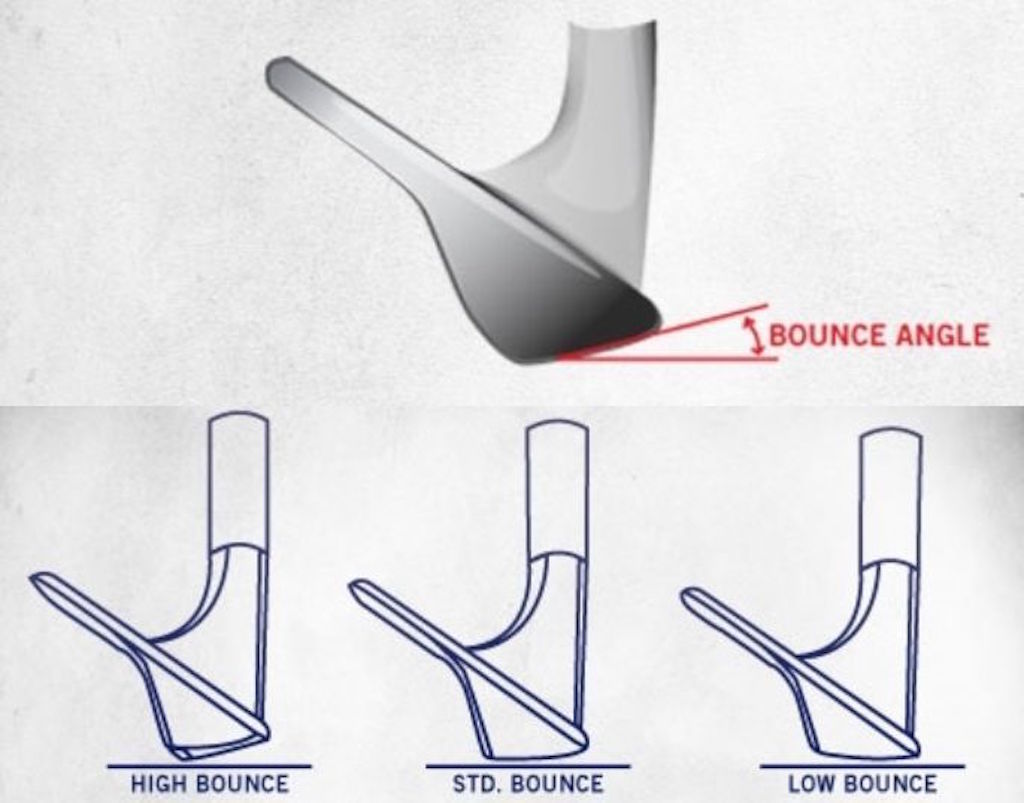
Although I could pen a 2,000-word essay on the subject of “what is bounce,” that’s not the goal here. Instead, let’s paint a simple picture.
You are a new golfer looking to buy your first sand wedge because your buddy told you it was necessary. You enter your local shop and start looking at racks of wedges with numbers and letters. Loft? That’s simple enough. But what’s this other number—this “bounce” thing?
What is bounce?
When I explain it to new players, I use Bob Vokey’s “rudder” analogy. For soft sand, you need a bigger rudder (more bounce/wider sole) to move the sound out of the way. On firmer sand, you need a smaller rudder (less bounce/narrow sole) to keep the leading edge under the ball.
Basically, more bounce equals leading edge sits higher off the ground, less bounce means leading sits lower to the ground. Yes, there are exceptions to every rule, but this is for beginners so let’s keep it easy.
This is a VERY simple picture for those that are visual learners
Vokey’s Aaron Dill had this to say:
“Bounce is a combination of sole angles and shape that create forgiveness and versatility for all golfers.”
In simple terms, every golfer fits into a unique profile based on how they deliver the club at impact. Players that are steep tend to need a wedge with more bounce, shallow/sweepy/pickers prefer less bounce.
By the numbers: This is general, OEMs all have their own parameters for Low/Std/High but this will give you an idea
Low Bounce = 4-9 degrees
Std/High Bounce= 10-14 degrees
So when you are buying your first wedge (yes, just one, to begin with, a 56 degree), ask some questions, try some different options and if at all possible, more than any club in your bag, get to know that wedge like the back of your hand. As a new golfer, it will be the first club that will actually help your score.
- LIKE185
- LEGIT22
- WOW2
- LOL0
- IDHT2
- FLOP0
- OB1
- SHANK7
Whats in the Bag
Kris Kim WITB 2024 (May)

- Kris Kim what’s in the bag accurate as of the CJ Cup Byron Nelson. More photos from the event here.
Driver: TaylorMade Qi10 (9 degrees @7)
Shaft: Mitsubishi Tensei 1K White 60 TX
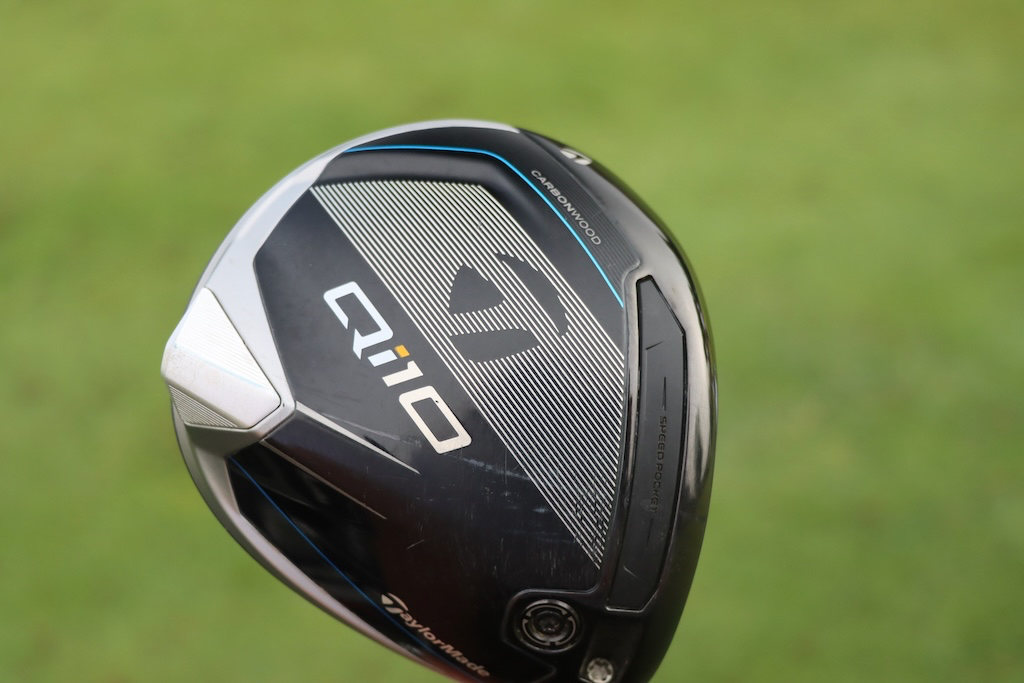

3-wood: TaylorMade Qi10 Tour (15 degrees @13.5)
Shaft: Mitsubishi Diamana WB 73 TX
Irons: TaylorMade P770 (2, 4), TaylorMade P7MB (5-PW)
Shafts: Mitsubishi Tensei 1K White 80 TX (2), Nippon N.S. Pro Modus3 Tour 120 X
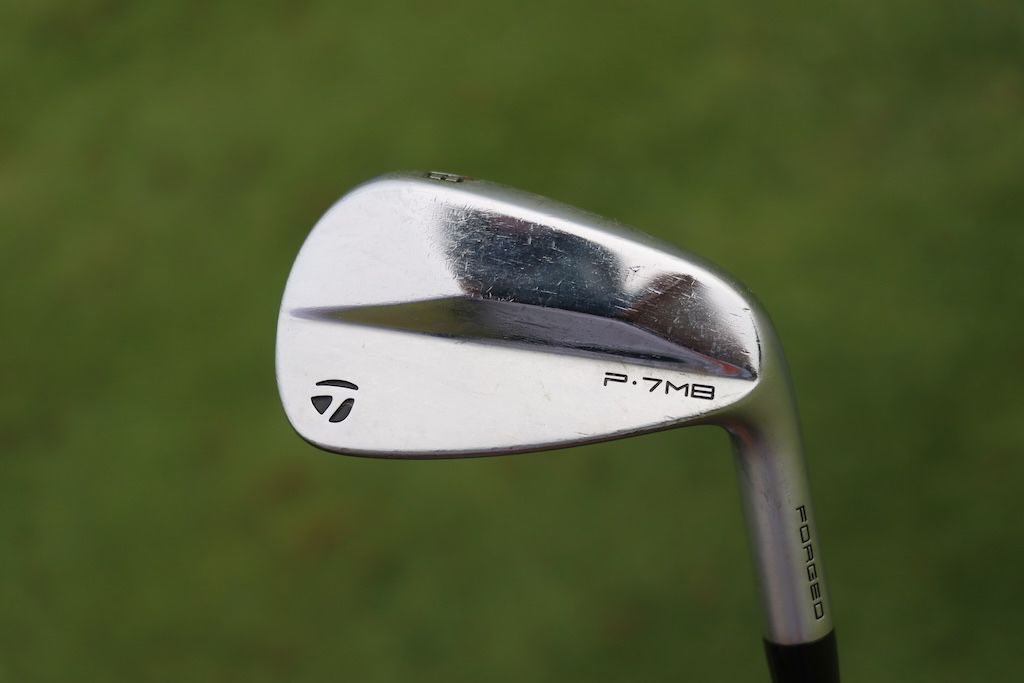

Wedges: TaylorMade MG4 (50-09SB, 56-12SB, 60-11TW)
Shafts: Nippon N.S. Pro Modus3 WV 125
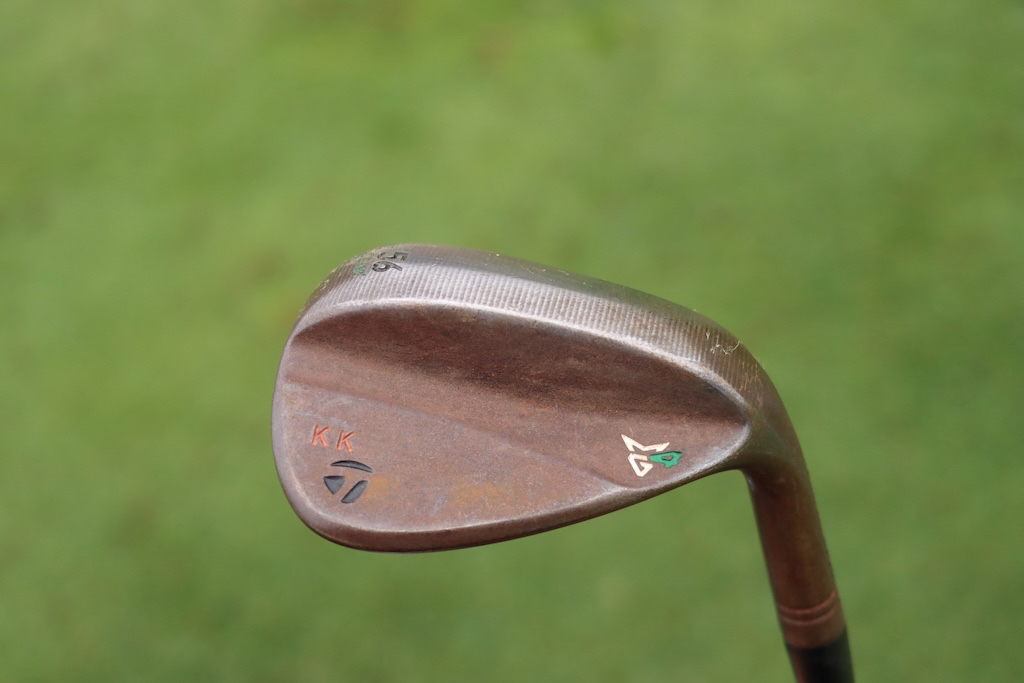

Putter: TaylorMade Spider Tour
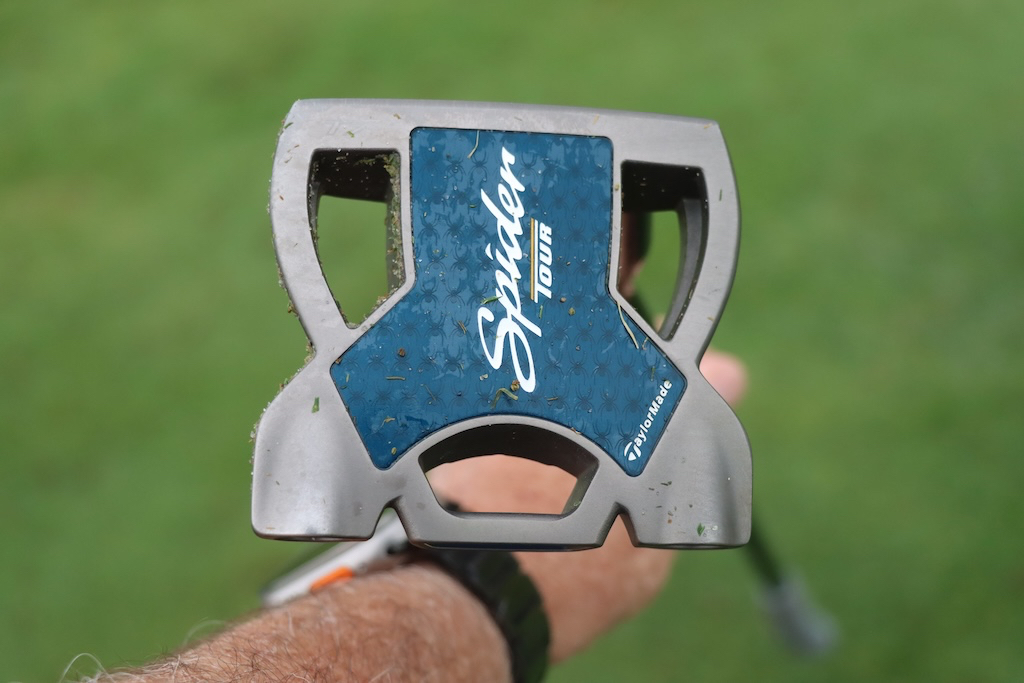
Grips: Golf Pride Tour Velvet Cord
Check out more in-hand photos of Kris Kim’s equipment here.
View this post on Instagram
- LIKE0
- LEGIT0
- WOW0
- LOL0
- IDHT0
- FLOP0
- OB0
- SHANK0
Equipment
Welcome to the family: TaylorMade launches PUDI and PDHY utility irons
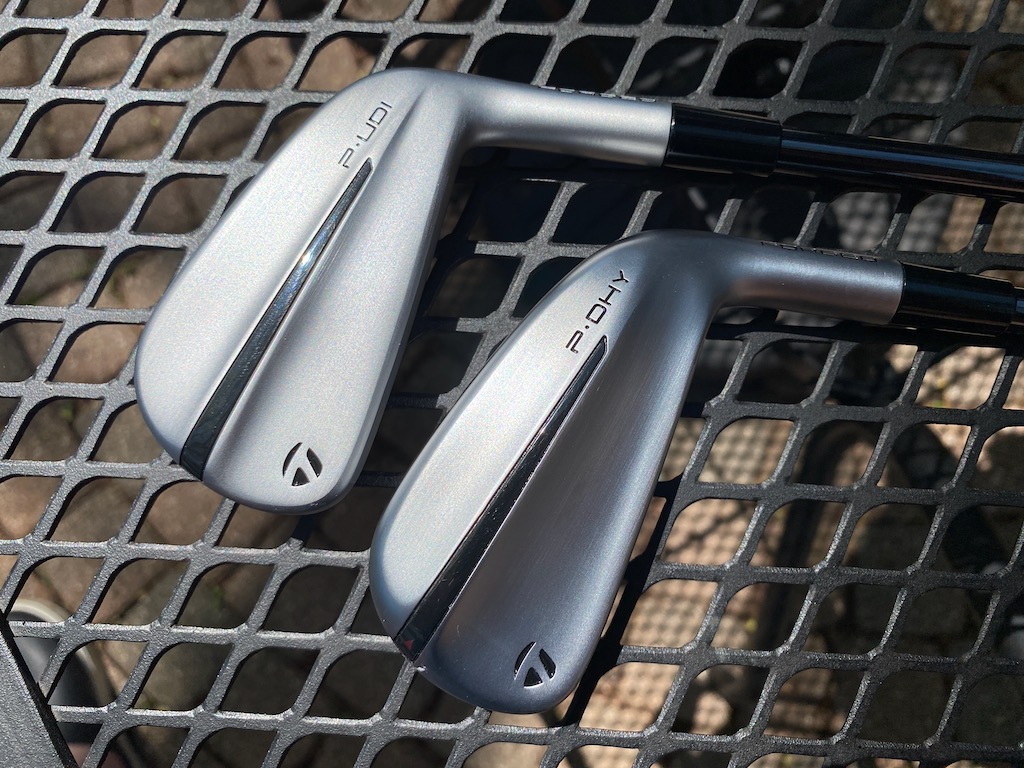
TaylorMade is continuing its UDI/DHY series with the successor to the Stealth UDI and DHY utility irons: PUDI and PDHY (which the company styles as P·UDI and P·DHY). TaylorMade is folding the designs in with its P Series of irons.
TaylorMade outlined the process of developing its new utilities this way. The company started with the data on utility iron usage. Not surprisingly, better players — i.e. those who generate more clubhead speed and strike the ball more precisely — were found to gravitate toward the UDI model. DHY usage, however, covered a wider swath than the company might have expected with six-to-18 handicappers found to be bagging the club.
TaylorMade also found that the majority of golfers playing UDI or DHY utilities were playing P Series irons at the top of their iron configurations.
Can you see where this is going?
Matt Bovee, Director of Product Creation, Iron and Wedge at TaylorMade: “As we look to the future, beyond the tech and the design language, we are excited about repositioning our utility irons into the P·Series family. P·UDI is an easy pair for players that currently play P·Series product and P·DHY is an extremely forgiving option for players of all skill levels. It is a natural fit to give these players the performance in this category that they are looking for.”
View this post on Instagram
TaylorMade PUDI
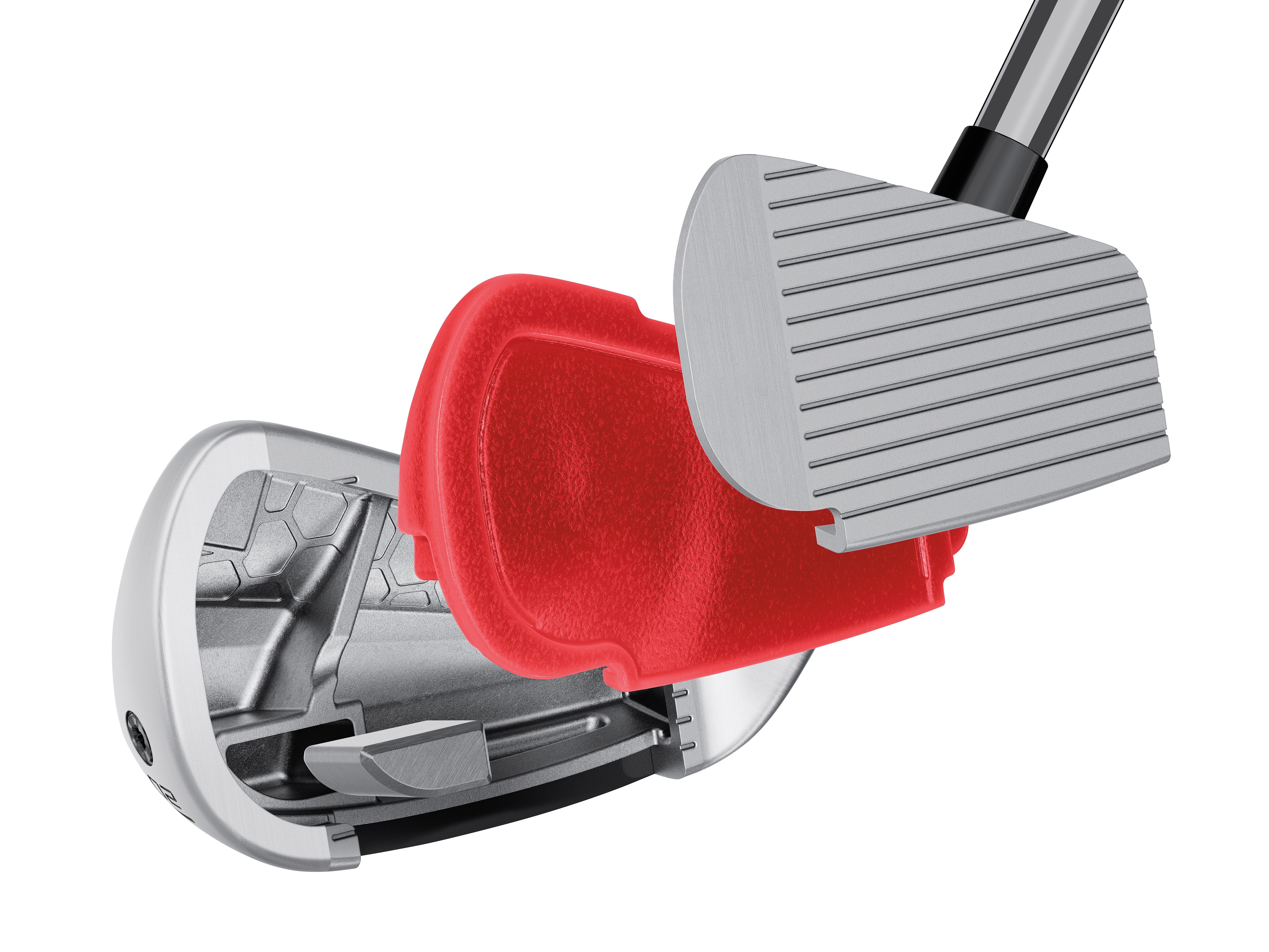
TaylorMade PUDI technology cutaway (via TaylorMade)
Crafted with tour player input, TaylorMade sought to develop a confidence-inspiring utility iron that blends with the rest of the P Series irons. Also of note: Interestingly, the PUDI has a more compact head than the P790.
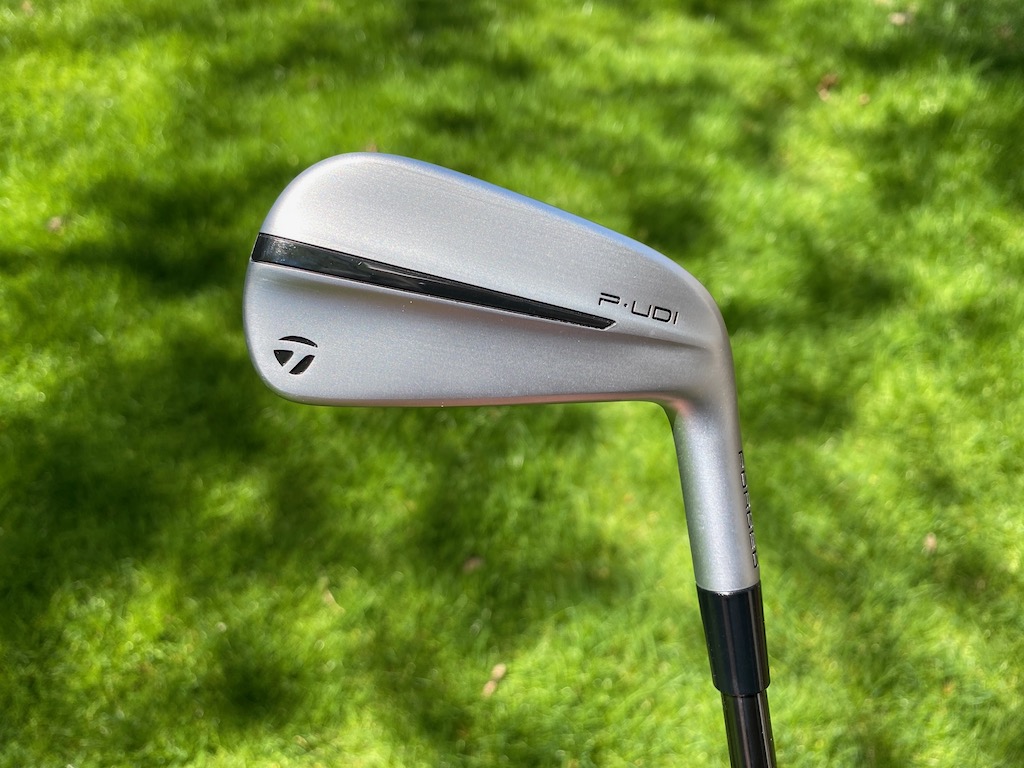
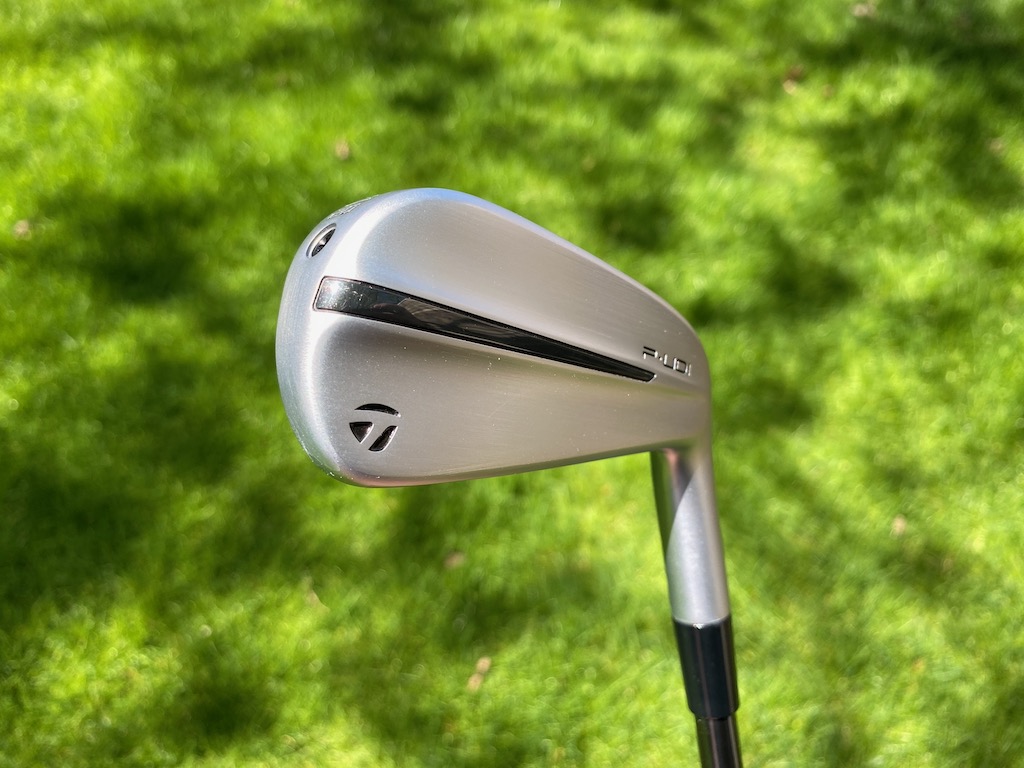
In comparison to past UDI products, the PUDI has a more traditional iron shape, slimmer toplines, and less offset with a little of the backbar visible at address.
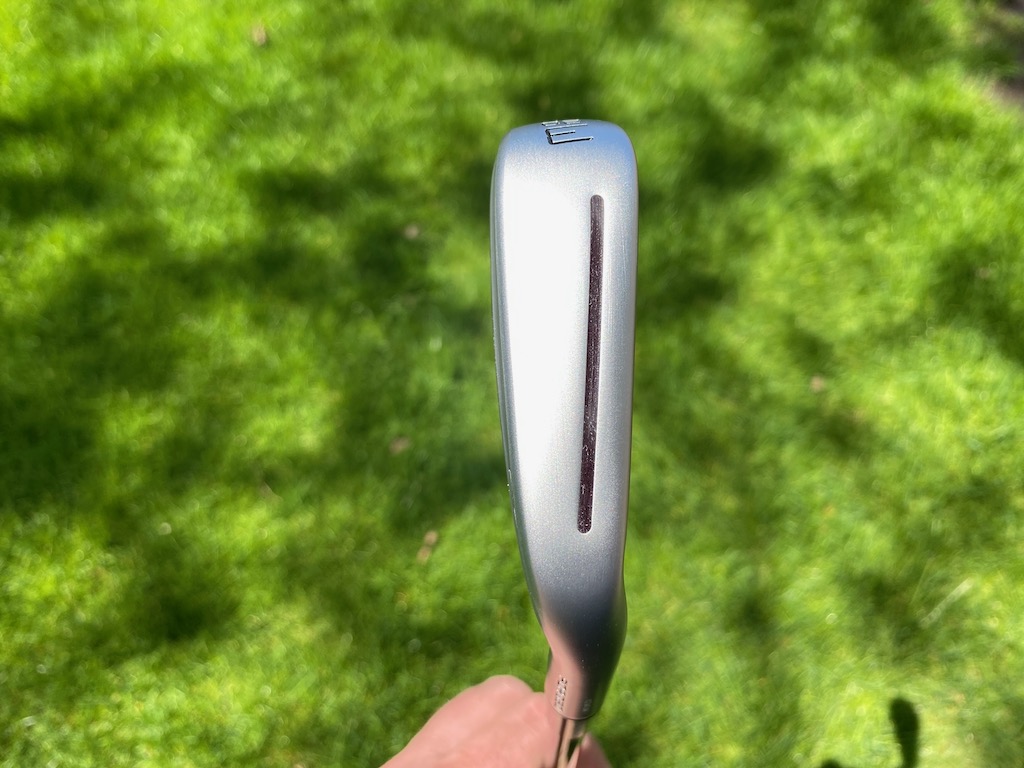

TaylorMade PDHY
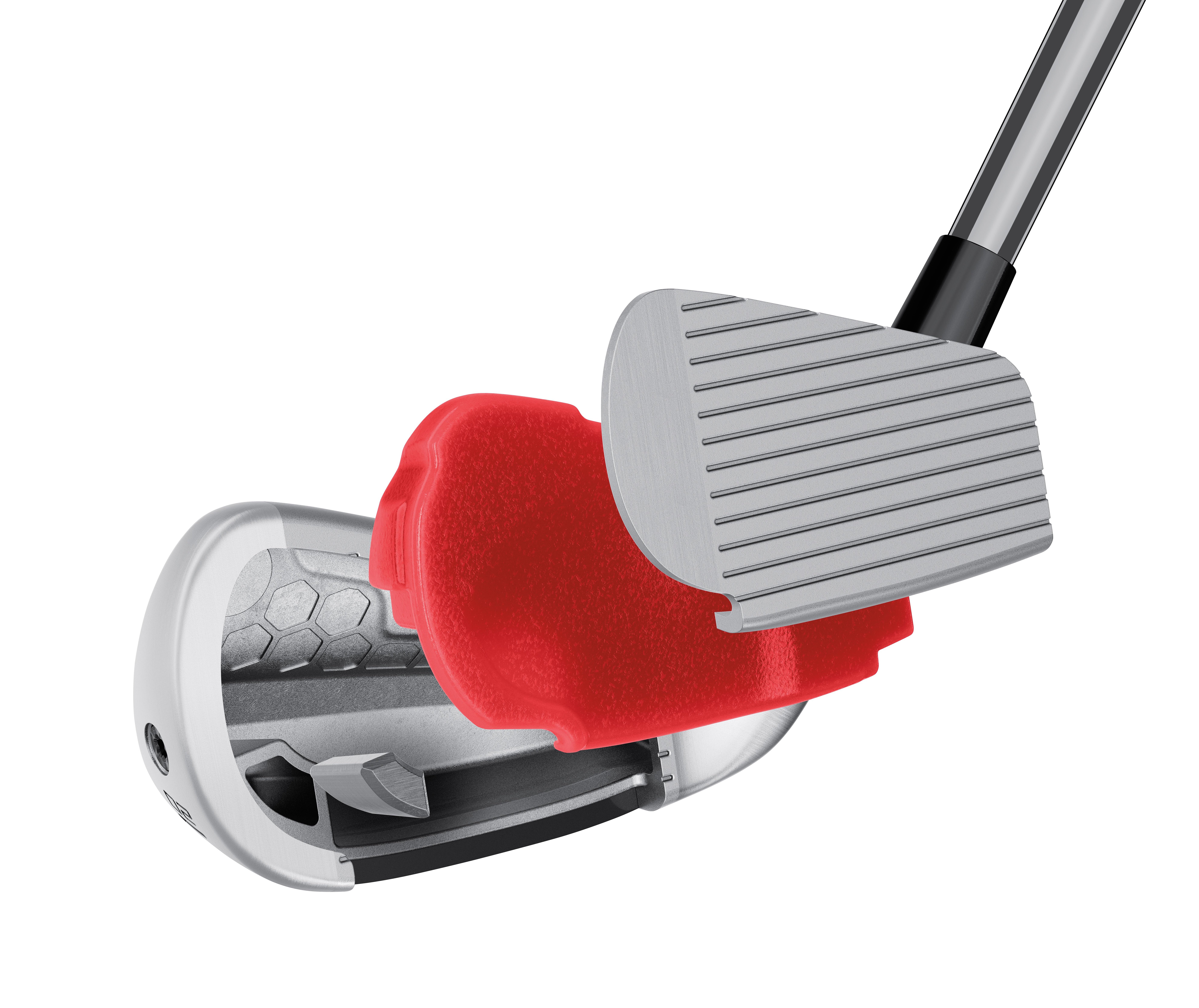
TaylorMade PDHY tech cutaway (via TaylorMade).
Larger in profile than the PUDI, the PDHY seeks to position center of gravity (CG) lower in the club for ease of launch. The toe height is larger and the profile is larger at address — roughly five millimeters longer than PUDI — the sole of the club is wider for improved forgiveness.
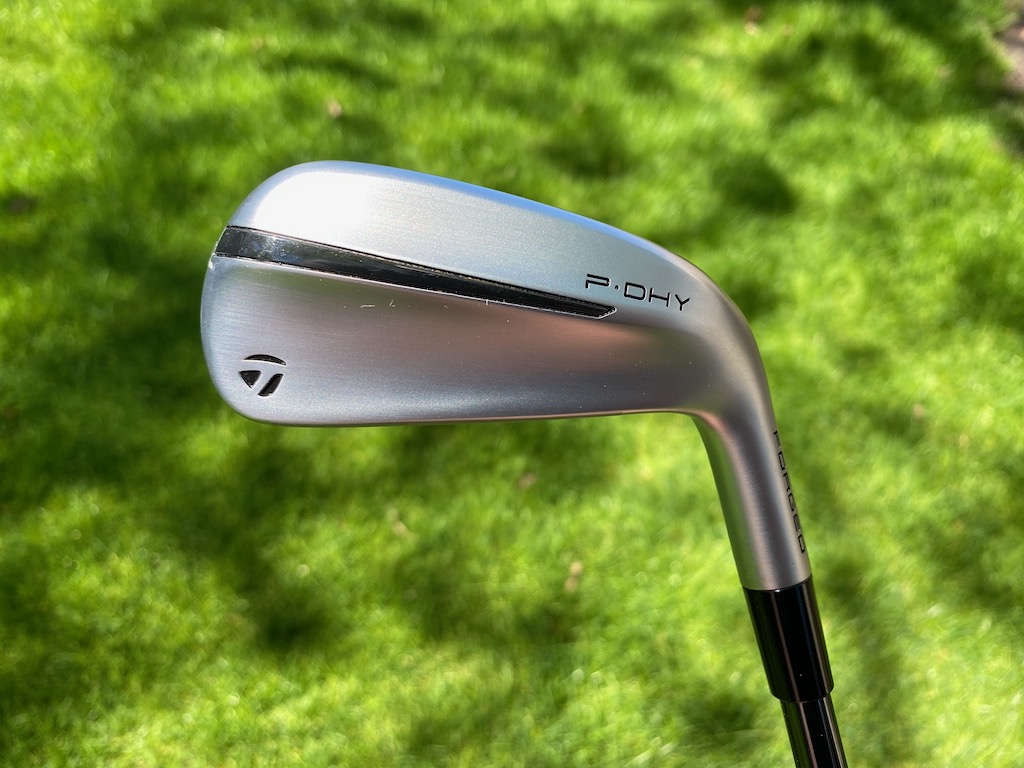



Club Junkie’s take
Golfers who feel like they are missing something at the top of the bag could find the PUDI or PDHY a great option. The look of the PUDI should fit the most discerning eye with a more compact look, less offset, and a thinner topline. If you want a little more confidence looking down the P-DHY will be slightly larger while still being a good-looking utility iron.
For being small packages both models pack a pretty good punch with fast ball speeds, even off-center. The feel is soft and you get a solid feel of the ball compressing off the face when you strike it well. Your ears are greeted with a nice heavy thud as the ball and club come together. The PDHY will launch a little higher for players who need it while the PUDI offers a more penetrating ball flight. Both utility irons could be the cure for an open spot in the top end of the bag.
PUDI, PDHY, or Rescue?
TaylorMade offers the following notes to assist golfers in filling out their bags:
- PUDI has mid-CG right behind the center face to create a more penetrating mid-to-low ball flight
- PDHY has a lower center of gravity to produce an easier-to-launch mid-to-high ball flight.
- Both PUDI and PDHY are lower-flying than the company’s hybrid/Rescue clubs.
- PUDI is more forgiving than P790.
- PDHY is the most forgiving iron in the entire TaylorMade iron family
Pricing, specs, and availability
Price: $249.99
At retail: Now
Stock shafts: UST Mamiya’s Recoil DART (105 X, 90 S and 75 R – only in PDHY)
Stock grip: Golf Pride’s ZGrip (black/grey)
PUDI lofts: 2-17°, 3-20°, 4-22° in both left and right-handed
PDHY lofts: 2-18°, 3-20° and 4-22° in both left and right-handed
- LIKE12
- LEGIT4
- WOW3
- LOL2
- IDHT1
- FLOP1
- OB1
- SHANK1
Equipment
Coolest thing for sale in the GolfWRX Classifieds (5/3/24): Scotty Cameron Champions Choice 2.5+ putter

At GolfWRX, we are a community of like-minded individuals that all experience and express our enjoyment of the game in many ways.
It’s that sense of community that drives day-to-day interactions in the forums on topics that range from best driver to what marker you use to mark your ball. It even allows us to share another thing we all love – buying and selling equipment.
Currently, in our GolfWRX buy/sell/trade (BST) forum, there is a listing for a Scotty Cameron Champions Choice 2.5+ putter
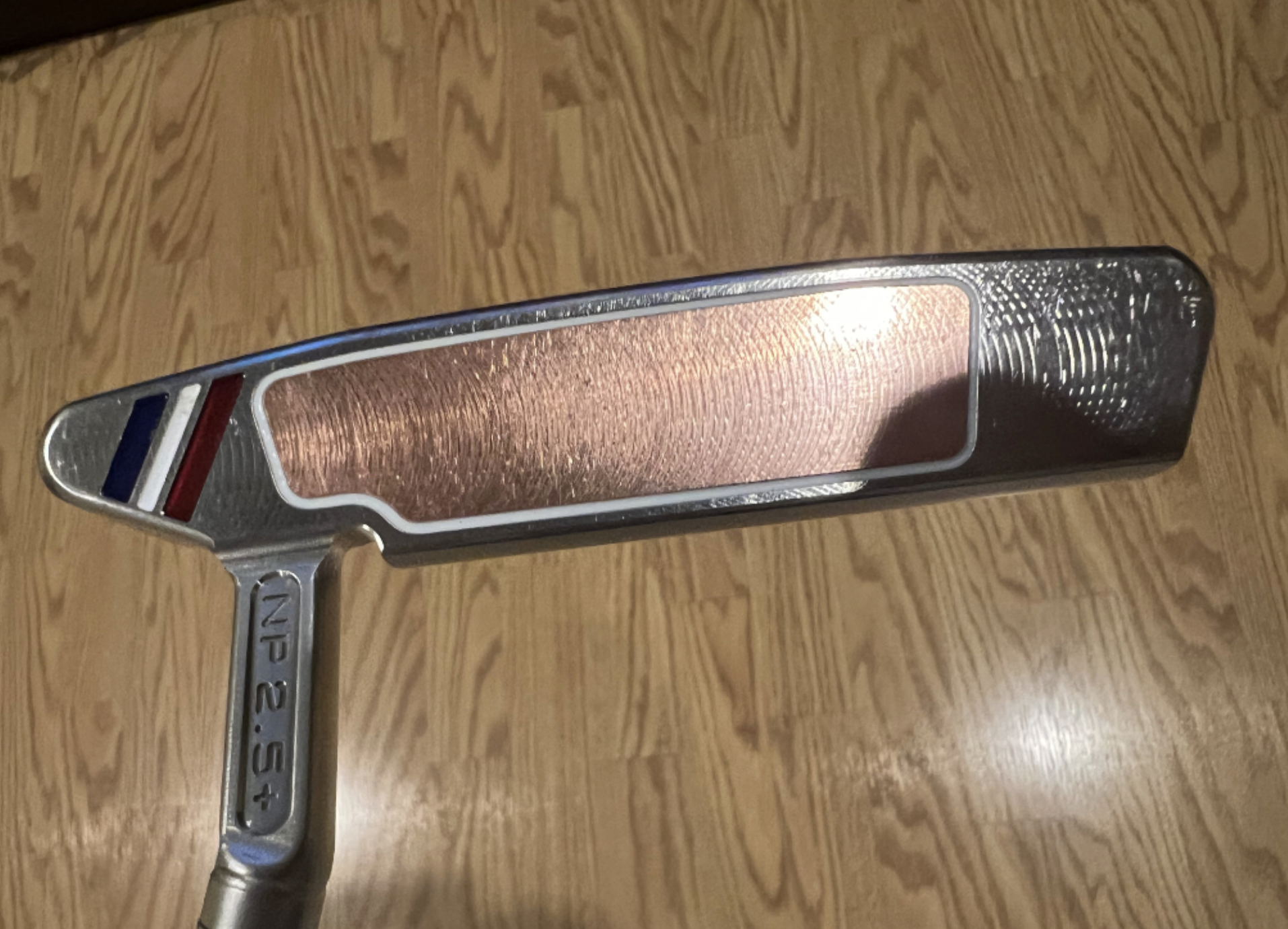
From the seller: (@wwcl): “Has been gamed as pics show. 33.5 includes original h/c and grip. $575 includes shipping and PP fees.”
To check out the full listing in our BST forum, head through the link: Scotty Cameron Champions Choice 2.5+ putter
This is the most impressive current listing from the GolfWRX BST, and if you are curious about the rules to participate in the BST Forum you can check them out here: GolfWRX BST Rules
- LIKE1
- LEGIT1
- WOW0
- LOL0
- IDHT0
- FLOP0
- OB0
- SHANK0
-

 19th Hole2 weeks ago
19th Hole2 weeks agoJustin Thomas on the equipment choice of Scottie Scheffler that he thinks is ‘weird’
-

 19th Hole2 weeks ago
19th Hole2 weeks ago‘Absolutely crazy’ – Major champ lays into Patrick Cantlay over his decision on final hole of RBC Heritage
-

 19th Hole3 weeks ago
19th Hole3 weeks agoTwo star names reportedly blanked Jon Rahm all week at the Masters
-

 19th Hole3 weeks ago
19th Hole3 weeks agoReport: LIV Golf identifies latest star name they hope to sign to breakaway tour
-

 19th Hole3 weeks ago
19th Hole3 weeks agoNeal Shipley presser ends in awkward fashion after reporter claims Tiger handed him note on 8th fairway
-

 19th Hole2 weeks ago
19th Hole2 weeks agoBrandel Chamblee has ‘no doubt’ who started the McIlroy/LIV rumor and why
-

 19th Hole1 week ago
19th Hole1 week agoLET pro gives detailed financial breakdown of first week on tour…and the net result may shock you
-

 Equipment2 weeks ago
Equipment2 weeks agoJason Day on his recent switch into Srixon ZX5 and ZX7 Mk II irons


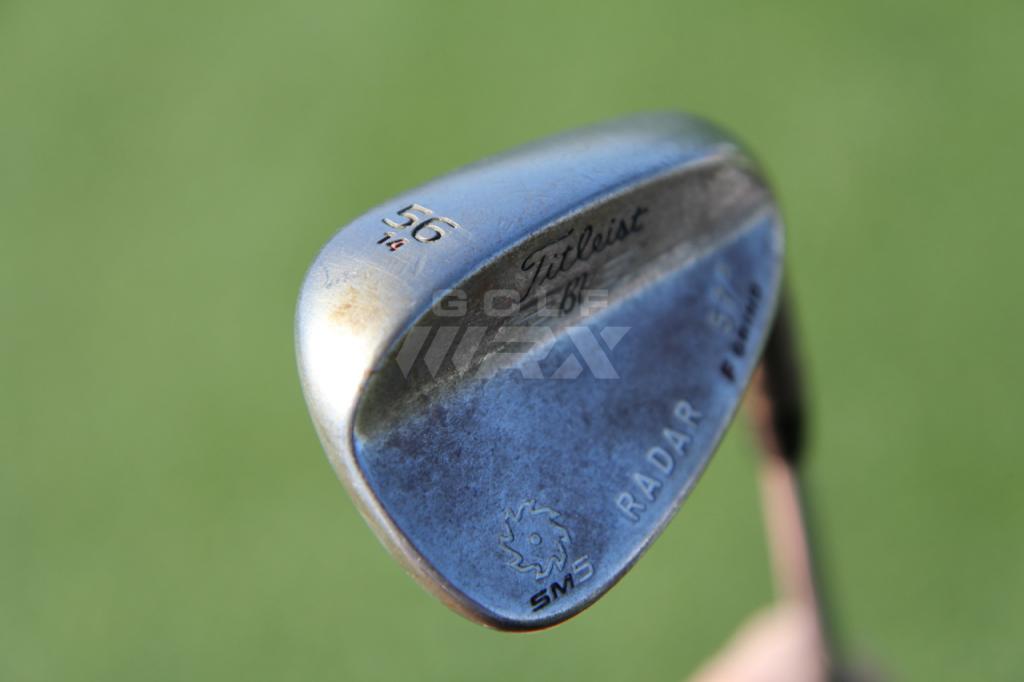

















Jack Wullkotte
Sep 9, 2020 at 11:03 am
As far as I know, Toney Penna was the first club designer to incorporate bounce in designing iron heads. I believe it was in 1950. Prior to that, most irons had zero or minus bounce and laid wide open with extremely sharp leading edges. Toney also attempted to put 4 way roll on iron heads, but that never materialized. Just a little trivia from a 90 year old man who began working for the MacGregor Golf Co. in 1947.
Ted Noel
Sep 9, 2020 at 11:02 am
This article is pablum. Bounce is not bounce is not bounce. Take the low bounce wedge and extend it further aft. You will get leading edge rise the same as a high bounce wedge. Thus, the key feature is leading edge rise. You can get it different ways, but your technique will determine how much leading edge rise you need. Further, leading edge shape will affect your shots. A sharp edge is less forgiving, while a more rounded edge will let you get away with some shots.
We need to define wedges by 1) leading edge rise 2) leading edge profile 3) sole grind (for versatility). Bounce angle is worthless.
Gebby
Sep 10, 2020 at 7:32 am
Potato -cpotahto, tomato – tomahto
Jack Nash
Sep 9, 2020 at 10:39 am
Important to consider bounce when chipping “against” the grain also. Lower bounce digs in more. Good article and explanation.
Jim
Sep 9, 2020 at 10:22 am
I like the skid plate vs shovel analogy. Bounce is your friend For the average guy.